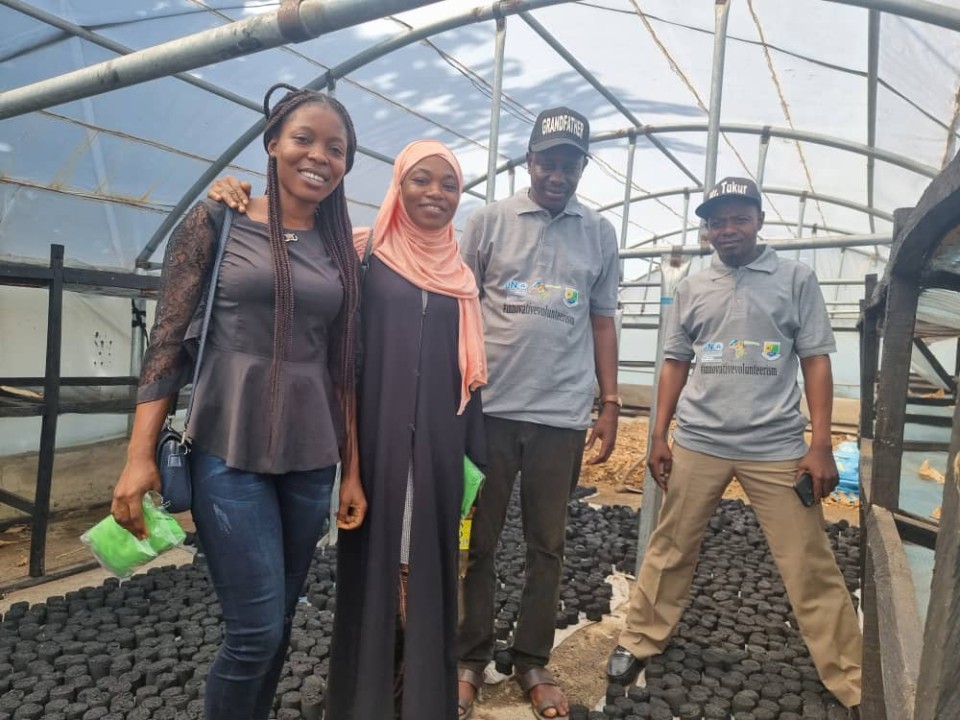|
Getting your Trinity Audio player ready…
|
What we see is that globally, while regulatory compliance/mandatory carbon markets are estimated to be worth about $261billion, the voluntary market is estimated at $400million. We see from the onset that the “voluntary” nature of the voluntary market makes it a “hard sell” globally, not just in Africa. Furthermore, for Africa, which is primarily a negligible emitter, the impetus for “reducing” carbon through mandatory compliance is largely non-existent. Only one country – South Africa, has a significant carbon pricing regime, and now Nigeria is in the process of preparing regulations for a similar regulatory tool, and Burkina Faso, Côte d’Ivoire, Rwanda, and Senegal are considering carbon pricing regulations. The link we draw here is that the existence of a regulatory compliance regime incentivizes demand for carbon credits. Minimal developments of such regulations in Africa make local demand that much lower.
The implication is, therefore, that the focus for Africa will need to be on the supply side and, specifically, targeting to supply global demand for both voluntary and mandatory markets. The continent has, for instance, been relatively active on the CDM, which is a mechanism for mandatory markets, and this shows potential for the region to grow its share of supplying carbon to the global mandatory markets. My take is, therefore, as follows in enhancing Africa’s participation in these markets, the following needs to be done:
First, address the bottlenecks that have limited Africa’s participation in the CDM. CDM as a carbon trading mechanism has withstood the test of time, and Africa has had some experiences with the CDM. What is needed is a narrowed-down, targeted analysis aimed at building on the successes Africa has had with the CDM in particular, to interrogate the bottlenecks that have led to seeming stagnation and address those specific ones so the region can fully tap into the CDM process to grow its carbon trade. This will go a long way to unlocking the region’s international access to buyers from mandatory carbon markets.
Second, there is a need to create incentives targeted at expanding the growth of the voluntary markets in Africa. For example, in its Finance Act, Kenya sets a highly discounted tax rate for companies operating emissions trading systems for the first 10 years of operations. These companies will be required to pay 15% instead of the normal 30% corporate tax rate. Such incentives are critical to attracting more emissions trading companies that are critical for the growth of voluntary markets.
The third is the need for increased transparency among the voluntary markets that are largely self-regulated. The evaluation of Verified Emissions Reductions applied to voluntary markets seems to lack a central / harmonized and transparent system of evaluating and accounting for carbon credits. This leads to credibility issues which is a disincentive for the growth of the voluntary market as credits that are earned may easily be called into question for lack of transparency in the verification process.
Fourth, awareness creation around Article 6.2. With the Paris Rule Book having been finalized, organizations, countries and any other entity can trade carbon bilaterally through the Internationally Transferable Mitigation Outcomes (ITMO) that is under Article 6.2. However, many do not know the flexibility that this article presents. It is therefore critical to invest in knowledge and capacity enhancement about the operationalization of Article 6.2, and how Voluntary Carbon Markets can be a platform for the enhanced implementation of Article 6.2.
Fifth, carbon markets can leverage on the momentum around rolling out of the AfCFTA agreement to have a component of voluntary carbon trade in its operationalization. While African demand is low, knowing full well that the region’s emissions are likely to peak later on, which will then create the additional impetus for carbon trade, the AfCFTA being a long-term agreement, can provide a ready framework by which carbon trading could be expanded across Africa – an aspect which will increasingly become important as the continent reaches its emissions peaking.
Sixth is the aspect of collective efforts in setting industry standards. Currently, voluntary carbon trading initiatives in Africa seem to operate distant from each other in their respective silos. This minimizes opportunities for harmonized progress in carbon trading as an industry and thereby projects the risk associated with any “unregulated” industry with interested persons facing a largely disjointed market. This lowers the confidence of potential market players.
